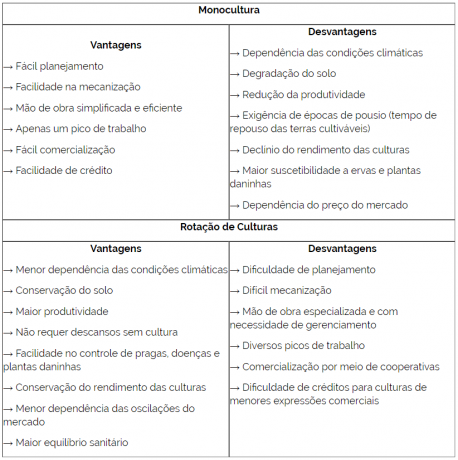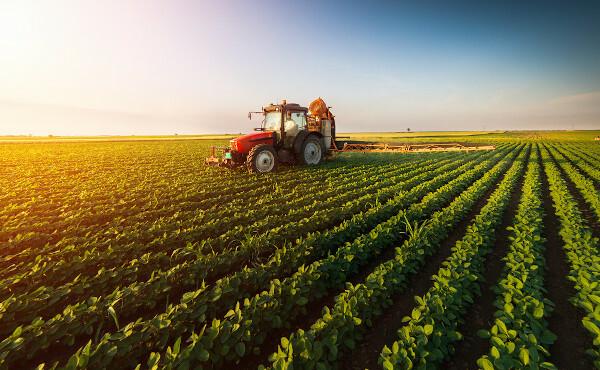Weathering, also known as weathering, is the physical and chemical alteration of rocks and their minerals. It is an important agent in the soil formation process and relief modeling.
There are two types of weathering:
Chemical weathering: Breaking the chemical structure of the minerals that make up the rock or sediment (source material). The rocks then undergo a process of decomposition. The intensity of this weathering is related to temperature, rainfall and vegetation, occurring mainly in intertropical regions.
Physical weathering: Disaggregation or disintegration of the source material (rock or sediment) without chemical alteration of the constituent minerals. It, therefore, causes a disaggregation of smaller and smaller fragments, preserving the characteristics of its minerals, increasing the contact surface of the fragments, which contributes to weathering chemical. In desert regions and semiarid climates, this process is more intense.

Scheme that demonstrates the disaggregation of the rock and the increase in its contact surface
Do not stop now... There's more after the advertising ;)
Among the factors that influence weathering, there are, mainly:
Climate: main weathering agent, as it determines the amount of rain and temperature that will reach the rock, chemically altering its minerals. Weather also determines the amount of wind, which physically alters the rocks.
Relief: It determines the flow of water and its infiltration into the soil. On steeper terrain, soil water infiltration will be low, while on flatter surfaces it will be greater. This is important, because the longer the contact between water and rock, the more chemical reactions, thus increasing the intensity of the weathering.
There are also other factors that influence weathering, such as the mineral composition of rocks, chronological time, vegetation cover and the parent rock.
By Regis Rodrigues
Graduated in Geography
Would you like to reference this text in a school or academic work? Look:
ALMEIDA, Regis Rodrigues de. "Weatherness"; Brazil School. Available in: https://brasilescola.uol.com.br/geografia/intemperismo.htm. Accessed on June 27, 2021.


